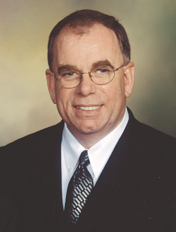
Anne Tumlinson made a startling revelation about hospital discharges during a recent McKnight’s webcast.
In analyzing practices at two hospitals in the Annapolis and Chicago markets, the senior vice president at Avalere Health noted that each was sending patients to more than 80 nearby skilled nursing facilities.
That’s right, 80.
Now that number may or may not be unusually high. But even if it’s twice the norm, that means your facility might be competing against more than three dozen other SNFs for hospital discharges. If her numbers happen to be scalable, hospitals in your area may have more than six dozen other SNFs to choose from. Talk about a crowded waiting room.
And in the looming world of accountable care organizations and bundled payments, it will be that much more difficult to find a hospital that is willing to put its trust in you. So your work is cut out for you. But where to start?
According to Erik Johnson, a Tumlinson co-presenter, it’s important to get good working relationships established with acute care operators that are within driving distance.
“Partnerships across the continuum are going to be the new normal,” he predicted.
While this change may be a challenge, there is opportunity here as well.
“Hospital executives are increasingly aware of what they don’t know. They are looking to learn more about what post-acute providers can do for them,” noted Johnson, whose experience is firmly rooted in the hospital side, as well as long-term care.
So if you can have consultative conversations that show how you can help hospitals survive and thrive in the new world of healthcare economics, you will have an advantage over your peers.
Standing out from the crowd seems like a better option than being stuck in one.




